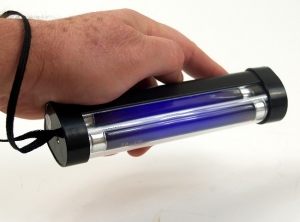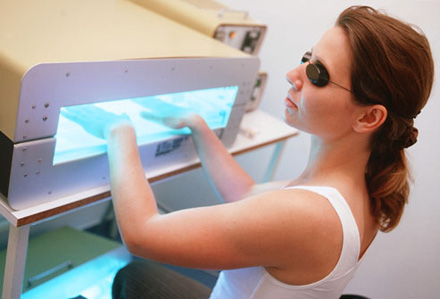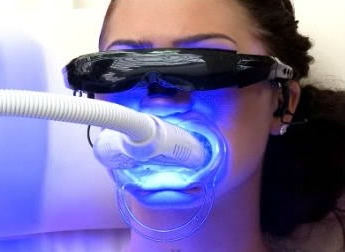Categories
What Is UV Light? How Can It Help to Treat Psoriasis or Vitiligo or Whiten One’s Teeth?

What is UV light? UV stands for ultraviolet, which is an electromagnetic radiation that normally occurs between the x-rays and the visible spectrum. This type of light ranges from 10nm to 400nm with the energies from 3eV and to 124eV.
UV rays are known for assisting the human body in making Vitamin D that helps to make the teeth and bones stronger as well as build immunities to various diseases, especially colon cancer. UV light helps in treating psoriasis and preventing the outbreak of the itchy patches. The treatment course will take nearly one month, but the results are worth the time spent on treatment sessions. However, the light is popular not only in medical uses, but also in commercial, including disinfection and sterilization.
Contents
UV Light for Psoriasis
Many people are still unaware of the fact that ultraviolet light is a very effective treatment for psoriasis. It helps to beat the chronic autoimmune skin disorder. However, if you don’t have any medical background, explaining the way it works is really hard.
During the clearing phase of the treatment course UV phototherapy entails exposing the skin being infected to the light of wavelength. It lasts for some seconds. Such treatments are conducted up to 5 times per week with the increasing exposure. According to the latest statistics, the average therapy includes 20-25 sessions. The long term remissions occur for nearly 90% of all patients. Unlike many other treatment options, this one is well-tolerated by psoriasis patients of different age and sex.

The disease usually shows improvements to healing with 5 treatment sessions per week for one month. In rare cases the treatment needs more time to show really great effects, however, in such cases the overall dosage is lower.
UV Light for Vitiligo Treatment
Phototherapy is helpful in creating re-pigmentation. Today it is commonly regarded to as one of the optimal treatment options for cases, when vitiligo covers around 20% of one’s body. Though, the effects are impressive, patients have to wait to see the first signs of cure. Generally speaking, the entire process is pretty slow. It starts from the outer edges of each patch inward. When the light therapy is conducted on a regular basis (twice per week) the results are really great. This treatment option is well-tolerated both by children and adults.
As a rule, a patient receives a series of 3 weekly treatments during one month in order to bring the symptoms into check. Some receive periodic maintenance treatments that are regarded to as essential for preventing the reoccurrence of disease.
More UV light power means shorter treatment periods and an adequate coverage for foot/hand spot targeting. For such purposes they use small devices that are lighter and feature a better portability. Additional benefits are lower rebuilding costs, as there are fewer UV light bulbs.
UV Light for Teeth Whitening
To have a brighter smile many people decide to use teeth whitening procedures. Most of them are satisfied with the provided results, as they remove coffee stains, those left by beverages, foods and nicotine. And LED UV light for teeth whitening is ne of the most popular procedures today.

A blue laser light unit emits a special UV light, which generates a very fast reaction with gels and speeds up the whole process by nearly 50%.
The method of work reminds that of in-surgery laser whitening. The light uses the frequency that equals 468 nanometers. This helps to break down the molecules of gel safely and in the fastest way possible in order to speed up the whitening process.
Though many state that LED UV light for teeth whitening is a very efficient method, there are those, who don’t agree with the statement. They are sure that the procedure can whiten one’s teeth, but have rather damaging effects on eyes, skin, gums and teeth. For some researches the potential risks for eye, skin, gum and teeth damage overweigh all the benefits that this procedure can offer. So, should we risk?
As you see, UV light can be both helpful and harmful, and only your physician can help you to find out how it is going to act in your case.



